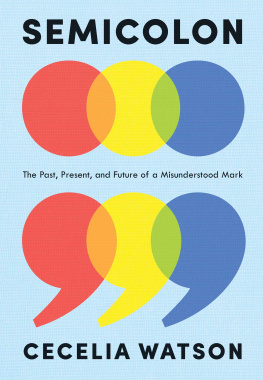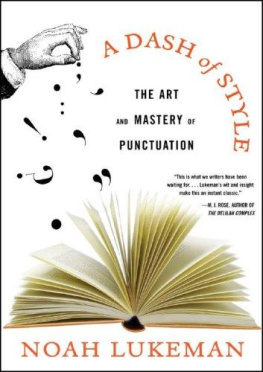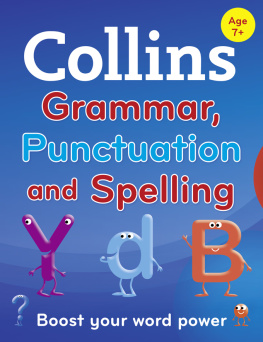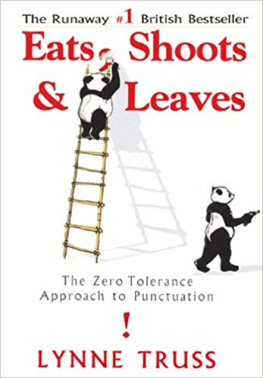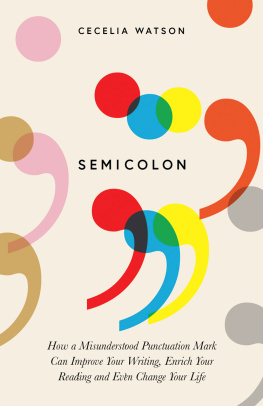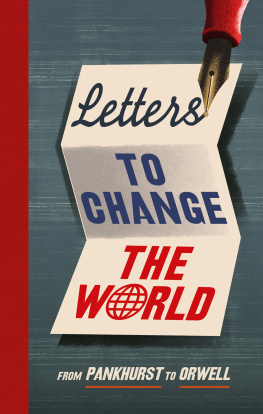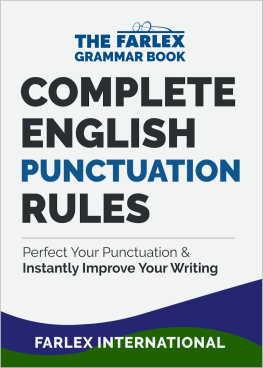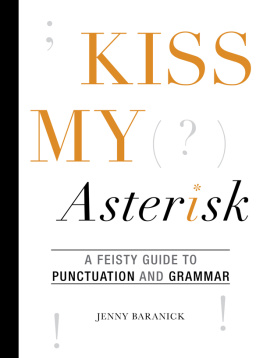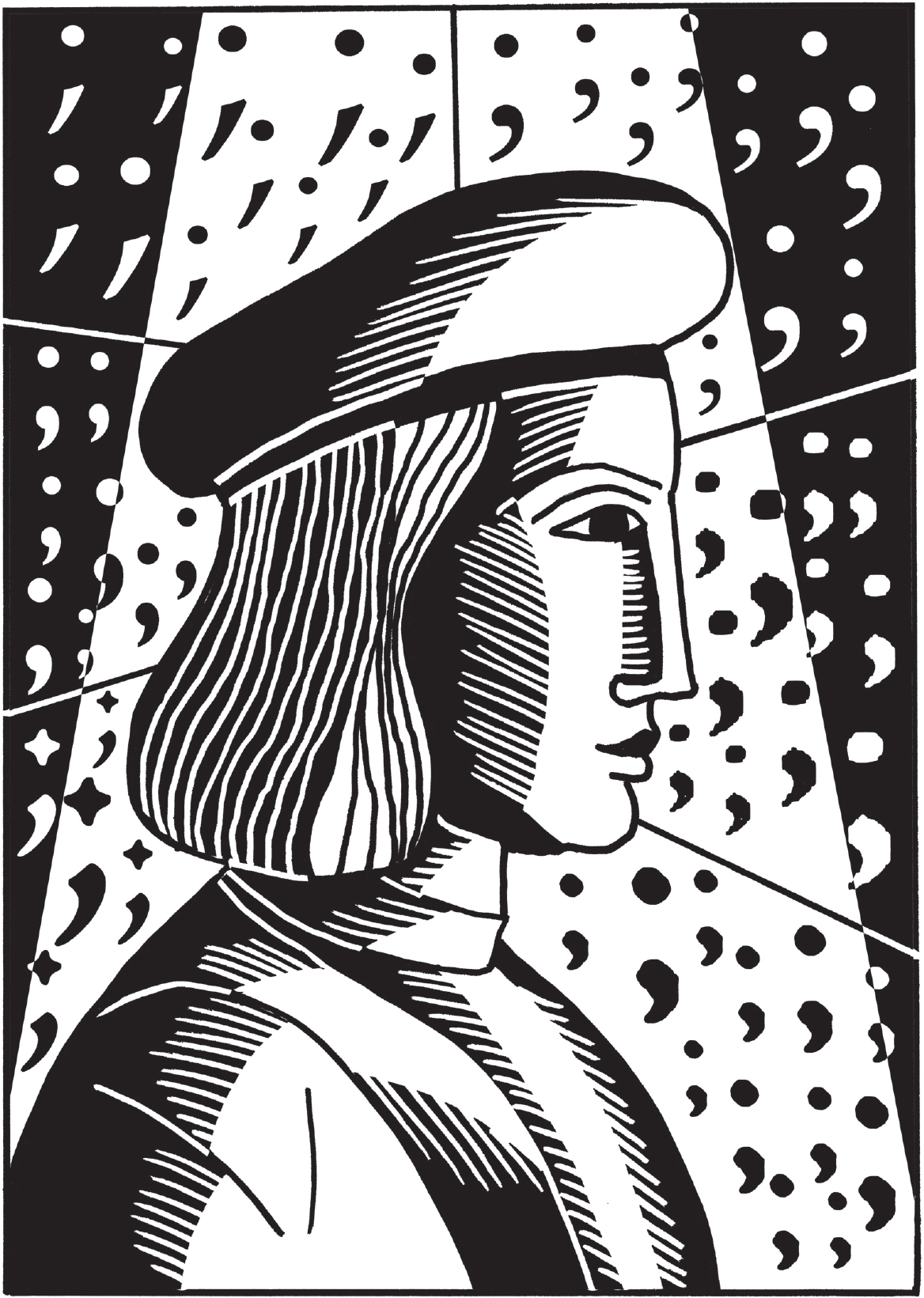Punctuation is a gentle and unobtrusive art that has long been one of the misfortunes of man. For about three hundred years it has been harassing him, and bewildering him with its quiet contrariness, and no amount of usage seems to make him grow in familiarity with the art.
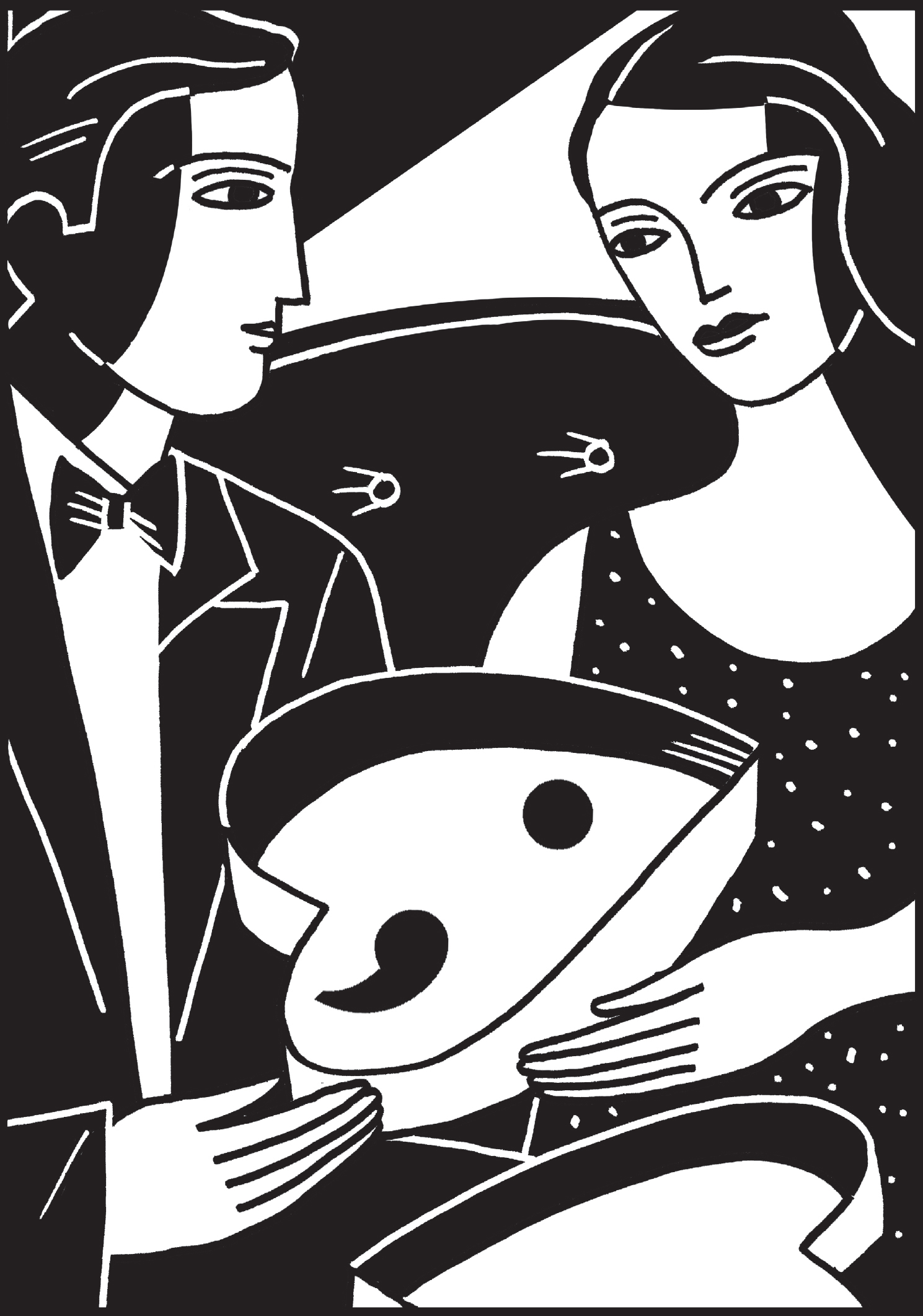
The semicolon has become so hateful to me, confessed Paul Robinson in a New Republic essay, that I feel almost morally compromised when I use it. When Robinson, a humanities professor at Stanford, sees a dot balanced over a comma, hes filled with exasperation. Robinson is perhaps the semicolons most devoted foe, but hes hardly its only modern detractor. Novelists from George Orwell to Donald Barthelme have discoursed on its ugliness, or irrelevance, or both. Kurt Vonnegut was unequivocal in his last book, advising writers, Do not use semicolons. They are transvestite hermaphrodites representing absolutely nothing. All they do is show youve been to college. And almost 800,000 people have shared a web comic that labels the semicolon the most feared punctuation mark on earth. Yet when the Italian humanists invented the semicolon in the fifteenth century, they conceived of it as an aid to clarity, not (as Professor Robinson now characterizes it) a pretentious mark used chiefly to gloss over an imprecise thought. In the late 1800s, the semicolon was downright trendy, its frequency of use far outstripping that of one of its relatives, the colon. How did the semicolon, once regarded with admiration, come to seem so offensive, so unwieldy, to so many people?
Asking this question might seem academic in all the worst ways: what practical value could there be in mulling punctuation, and in particular its history, when we have efficiently slim guidebooks like Strunk and Whites The Elements of Style and thick reference volumes like The Chicago Manual of Style to set straight our misplaced colons and commas? We have rules for this sort of thing! But rule-based punctuation guides are a relatively recent invention. Prior to the 1800s, the majority of grammarians and scholars advocated personal taste and judgment as a guide to punctuating, or pointing, a text. The Scottish Enlightenment philosopher George Campbell, writing the same year the Declaration of Independence was signed, argued that language is purely a species of fashion.... It is not the business of grammar, as some critics seem preposterously to imagine, to give law to the fashions which regulate our speech.
But what Campbell and most of his contemporaries thought was a preposterous idea soon became a commonplace principle: as the 1700s drew to a close, new grammar books began to espouse systems of rules that were purportedly derived from logic. In these new books, grammarians didnt hesitate to impugn the grammar of writers traditionally considered great stylists: Milton and Shakespeare were chastised for gross mistakes, and subjected to grammarians emendations, so that these great authors works were made to fall in line with rules established centuries after their deaths.
But a strange thing happened as the new genre of grammar rule books developed: instead of making people less confused about grammar, rule books seemed to cause more problems. No one knew which system of rules was the most correct one, and the more specific the grammarians made their guidelines for using punctuation marks like the semicolon, the more confusing those punctuation marks became. The more defined the function of the semicolon became, the more anxiety people experienced about when to use a semicolon in writing and how to interpret one while reading. Grammarians fought viciously over the supremacy of their individual sets of rules, scorching one another in the nineteenth-century equivalent of flame wars. Courts of law, too, were in a lather over how to deal with punctuation marks: a semicolon in an 1875 legal statute caused all of Boston to fly into a panic when courts opined that the semicolon meant that alcohol couldnt be served past 11:00 P.M. (Bostonians, ever resourceful, devised some pretty clever ways to get drunk well into the wee hours until the statute was finally revised six years after it went into force.)
The story of the semicolon told in these pages follows a chronological path, charting its transformation from a mark designed to create clarity to a mark destined to create confusion. The events described here epitomize the major steps in the life of the semicolon: they show how the semicolon transformed over time, and what was important about those transformations. That importance lies in the semicolons ability to symbolize and trigger ideas and emotions that transcend the punctuation mark itself. The semicolon is a place where our anxieties and our aspirations about language, class, and education are concentrated, so that in this small mark big ideas are distilled down to a few winking drops of ink.
The semicolons biography is also a story about grammar and language more generallyand this history will challenge the myth most of us like to tell ourselves about grammar. Grammar (in our mythical narrative) is part of the good old days: people used to know grammar properly, we think, the same way they used to walk three miles to school uphill in the snow, and everyone was polite and better-looking and thin and well-dressed. There are reasons these romantic visions of the past flourish in our collective consciousness: the stories of our grandparents; old black-and-white portraits that freeze the past in Sunday best; and most powerfully of all, a vague shared sense that the world is growing less innocent and less coherent, and that the past must therefore be better the farther back uphill into it we are able to climb. Things were harder in some ways back then, we acknowledge; but werent they also better and purer, too?
Its tough being a stickler for grammar these days, sighs Lynne Truss in Eats, Shoots and Leaves, as if before these days there was a time when everyone was committed to proper grammar and everyone agreed on what proper grammar constituted. Self-styled grammar sticklers, snobs, nazis, and bitches want so much to get back to that point in the past where the majority of people respected language and understood its nuances, and society at large shared a common understanding of grammar rules. But that place is a mirage. There was no time when everyone spoke flawless English and people punctuated properly. Its important to come to grips with this historical fact, because it influences how we act in the present: after we nail down some basic punctuation history here through the story of the semicolon, Ill show that hanging on to the old story about grammarthe mythical storylimits our relationship with language. It keeps us from seeing, describing, and creating beauty in language that rules cant comprehend.
I wouldnt deny that theres joy in knowing a set of grammar rules; there is always joy in mastery of some branch of knowledge. But there is much more joy in becoming a reader who can understand and explain how it is that a punctuation mark can create meaning in language that goes beyond just delineating the logical structure of a sentence. Great punctuation can create music, paint a picture, or conjure emotions. This book will show you how the semicolon is essential to the effectiveness and aesthetic appeal of passages from Herman Melville, Raymond Chandler, Henry James, Irvine Welsh, Rebecca Solnit, and other masters of English fiction and nonfiction. Looking at these authors, we will see beautiful uses of the semicolon that cannot be adequately encapsulated in grammarians rules, nor explained simply as a breaking of those rules.

